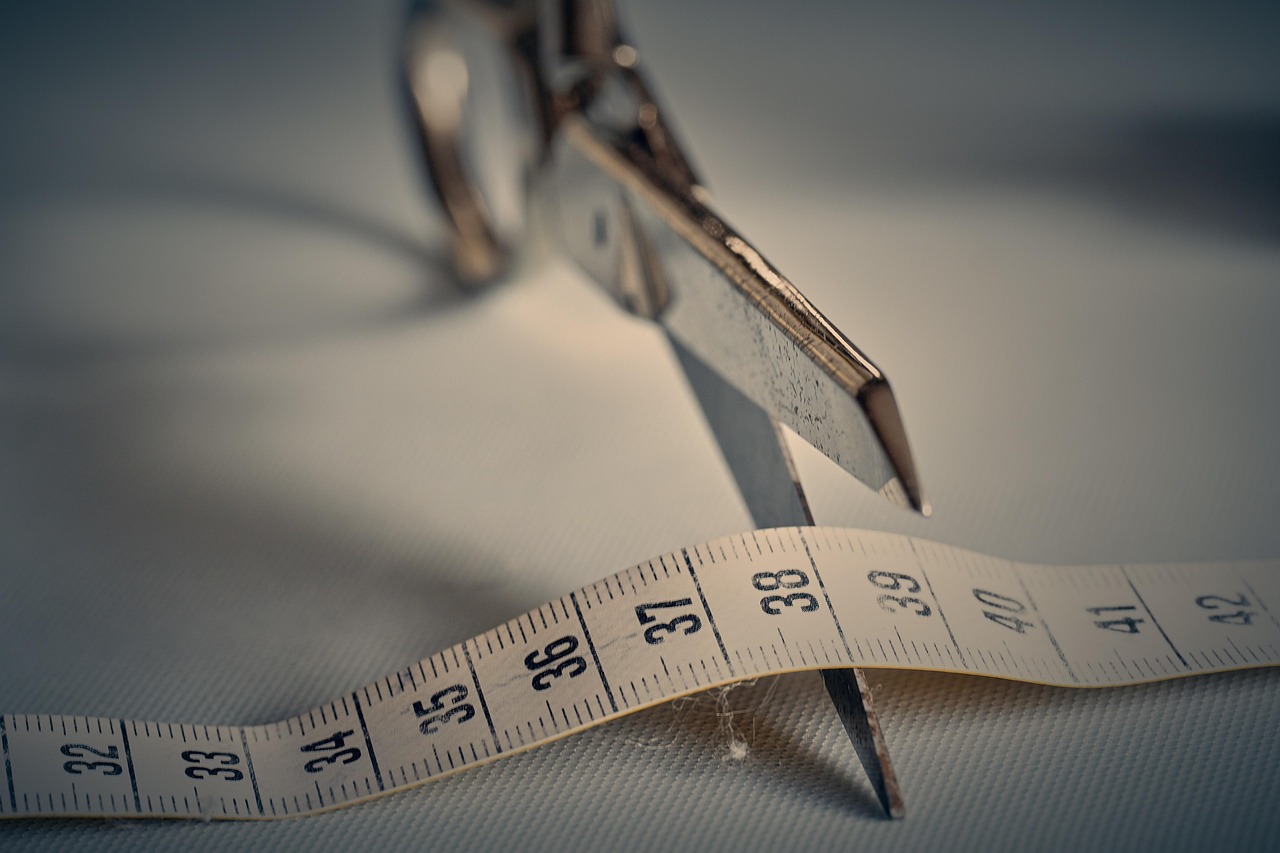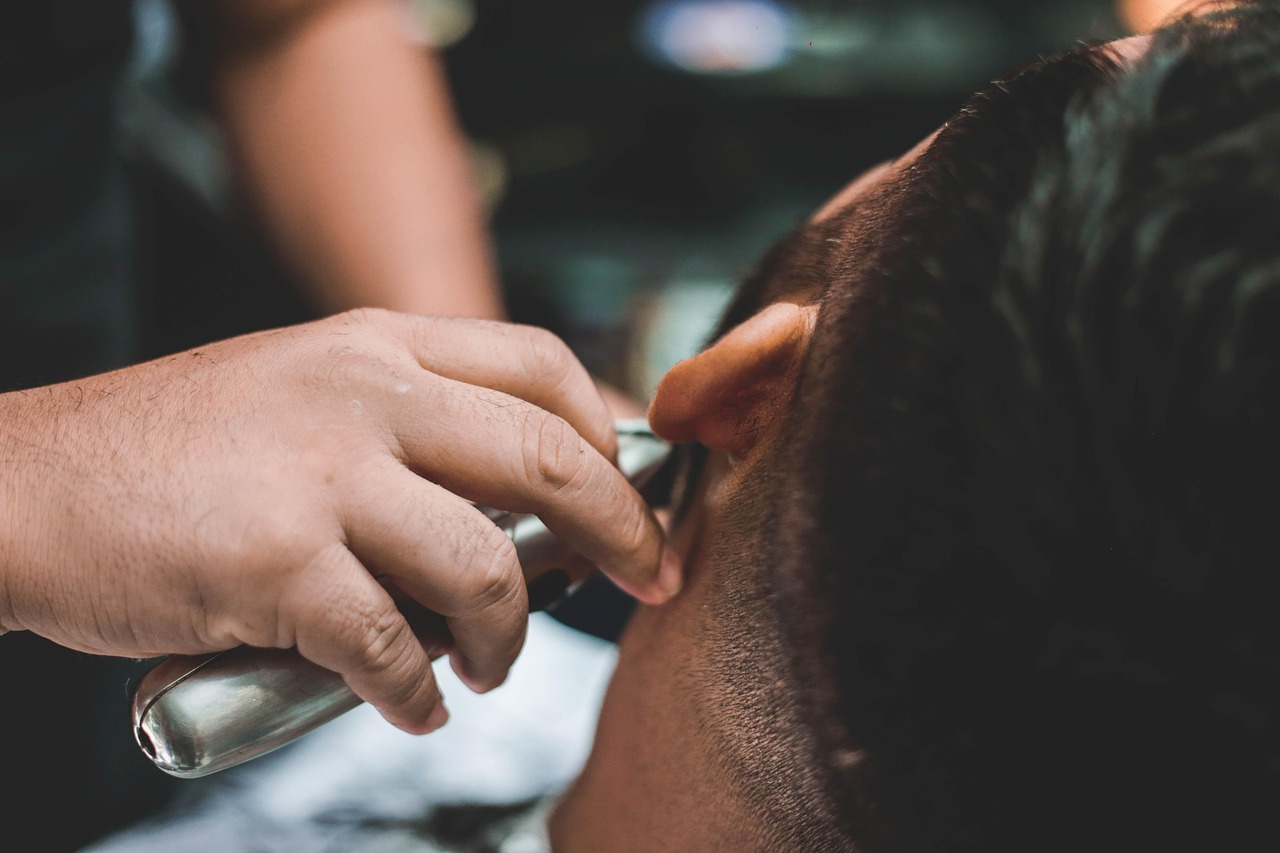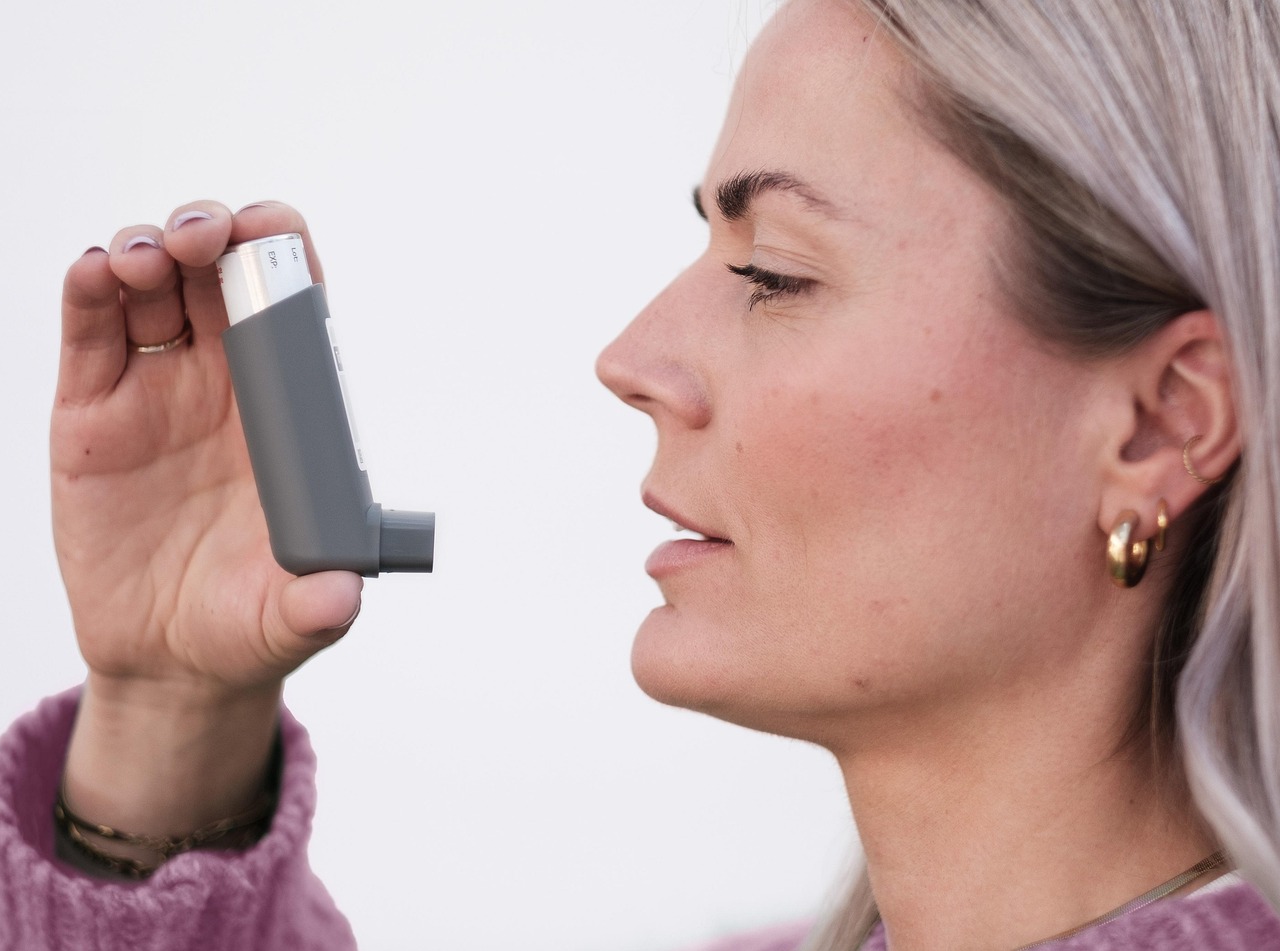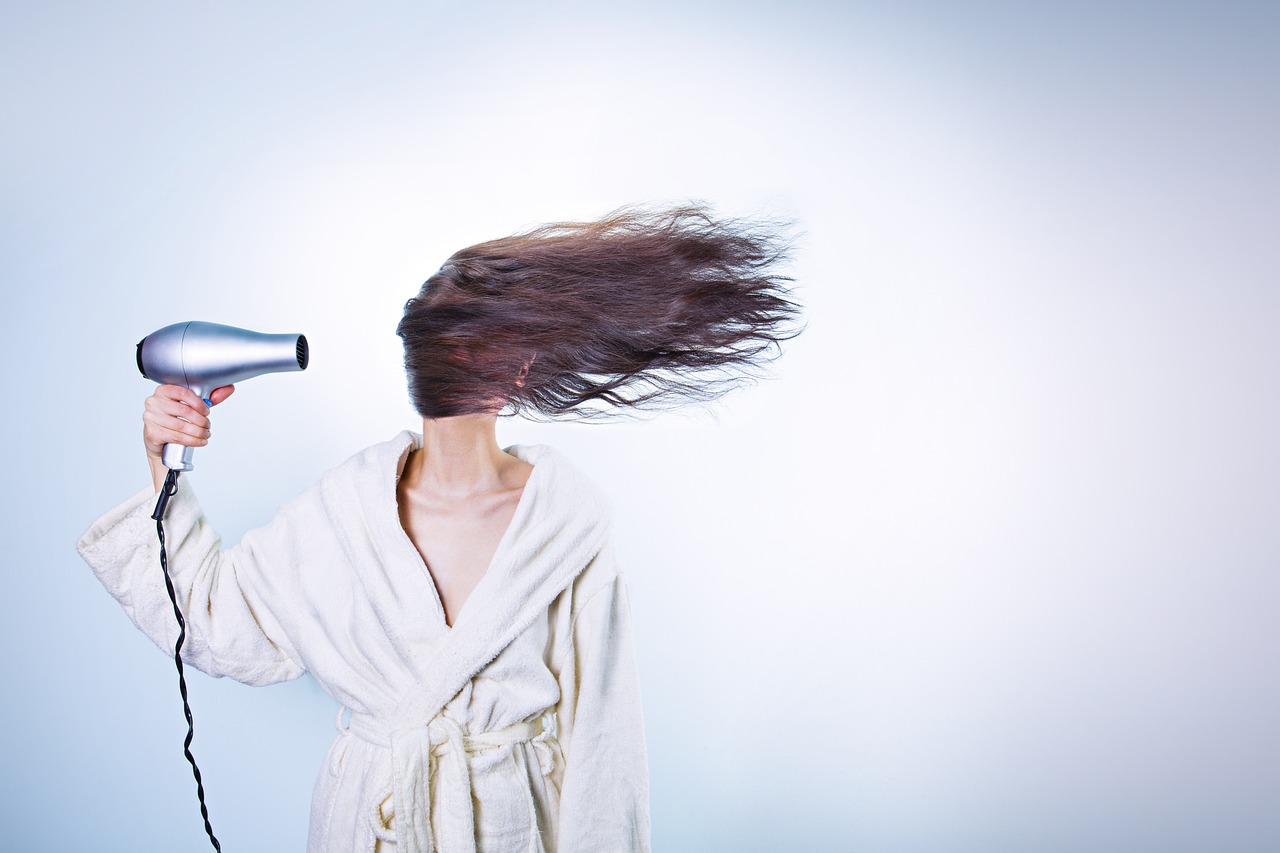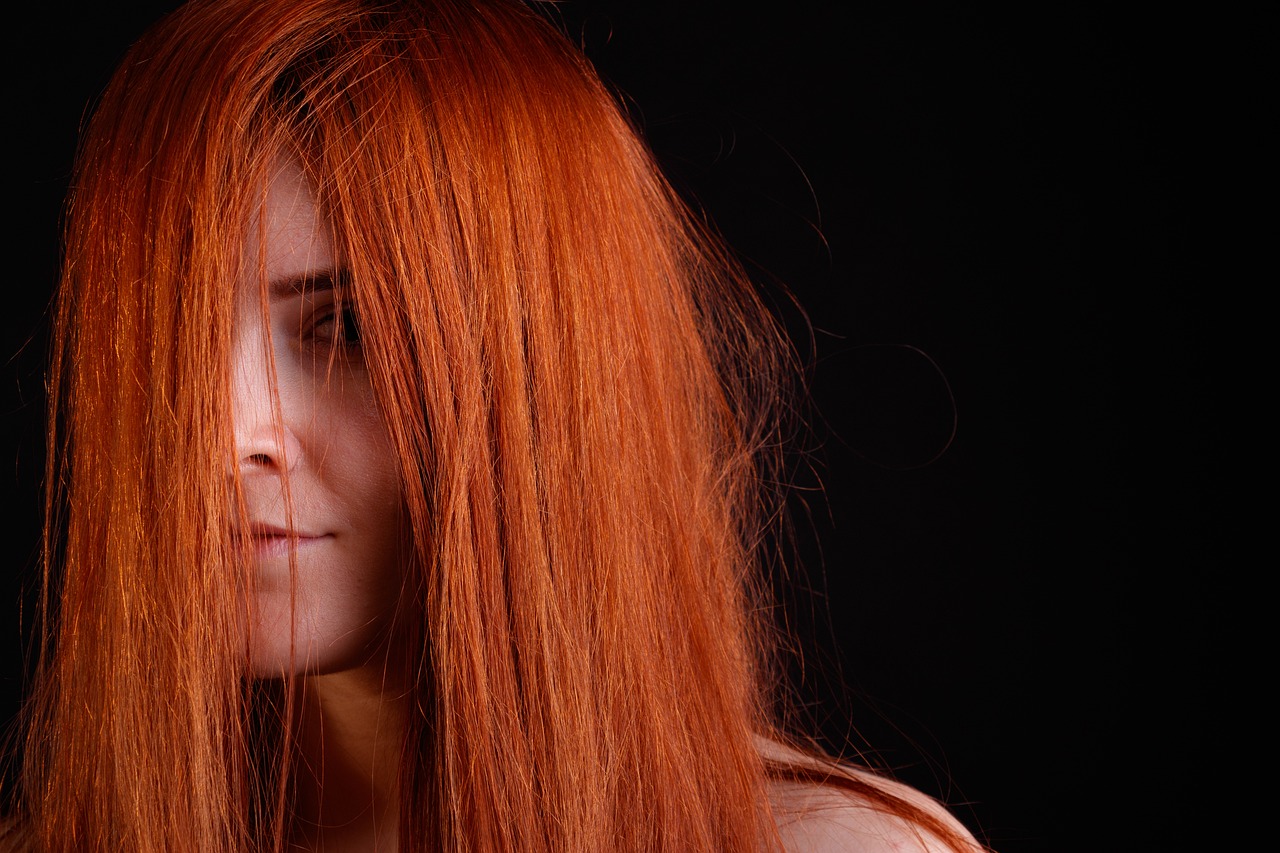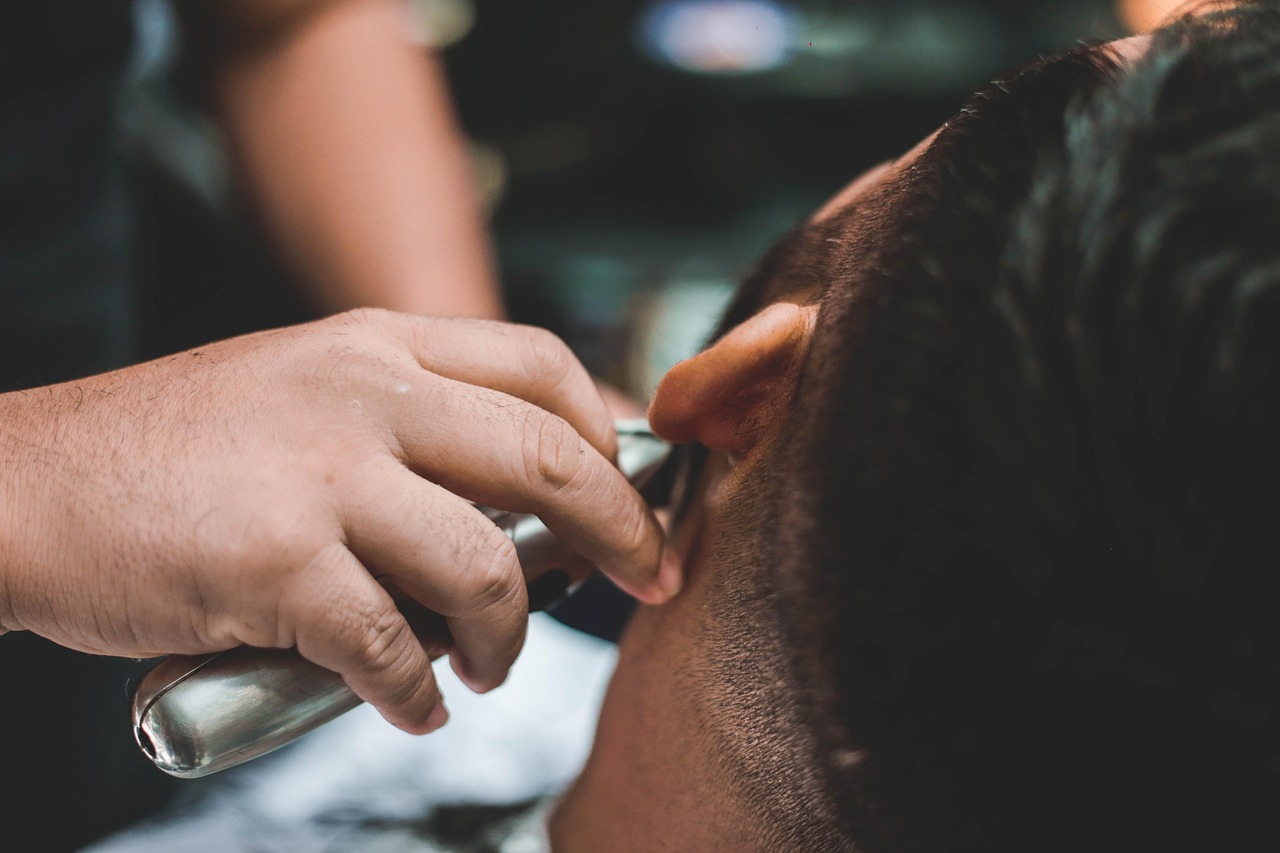In today’s world, hair loss can be a distressing issue for many individuals. Fortunately, there are effective non-surgical methods for hair restoration that cater to diverse needs and preferences. This guide will delve into various alternatives to hair transplants, outlining their benefits, techniques, and expected results, empowering you to make informed decisions on your hair restoration journey.
Understanding Hair Loss
Hair loss can occur due to a myriad of factors including genetics, stress, and hormonal changes. Grasping the underlying causes is essential in determining the most suitable non-surgical treatment options available.
Top Non-Surgical Hair Restoration Treatments
- Minoxidil: This FDA-approved topical treatment is widely used for both men and women. It stimulates hair follicles and promotes growth.
- Platelet-Rich Plasma (PRP) Therapy: Involves drawing blood, processing it to extract platelets, and injecting it into the scalp to stimulate growth.
- Low-Level Laser Therapy (LLLT): A non-invasive method using laser light to enhance blood flow and stimulate hair follicles.
- Hair Growth Shampoos and Conditioners: Specialized products that can complement other treatments, containing key ingredients that promote hair health.
Benefits of Minoxidil
Minoxidil is known for its effectiveness in stimulating hair growth. To achieve optimal results, consistent application and patience are essential. Users should be aware of potential side effects, such as scalp irritation.
Exploring PRP Therapy
PRP therapy is gaining popularity due to its natural approach. By utilizing your own blood, this treatment minimizes the risk of adverse reactions while promoting hair density and growth.
Understanding Low-Level Laser Therapy
LLLT offers numerous benefits, including increased blood circulation to the scalp, which can lead to healthier hair growth. When considering LLLT devices, ensure they are FDA-approved and user-friendly.
Incorporating Hair Growth Products
Hair growth shampoos and conditioners can significantly enhance your hair restoration efforts. Look for products containing biotin, caffeine, and ketoconazole, as these ingredients are known to strengthen hair and stimulate growth.
Consulting a Hair Restoration Specialist
Seeking guidance from a hair restoration specialist can provide personalized insights tailored to your specific hair loss situation. Expert advice is invaluable in navigating your options and ensuring the best outcomes.
In conclusion, exploring non-surgical alternatives to hair transplants offers numerous pathways to restore your hair. By understanding the various treatments available and consulting professionals, you can embark on a successful hair restoration journey.
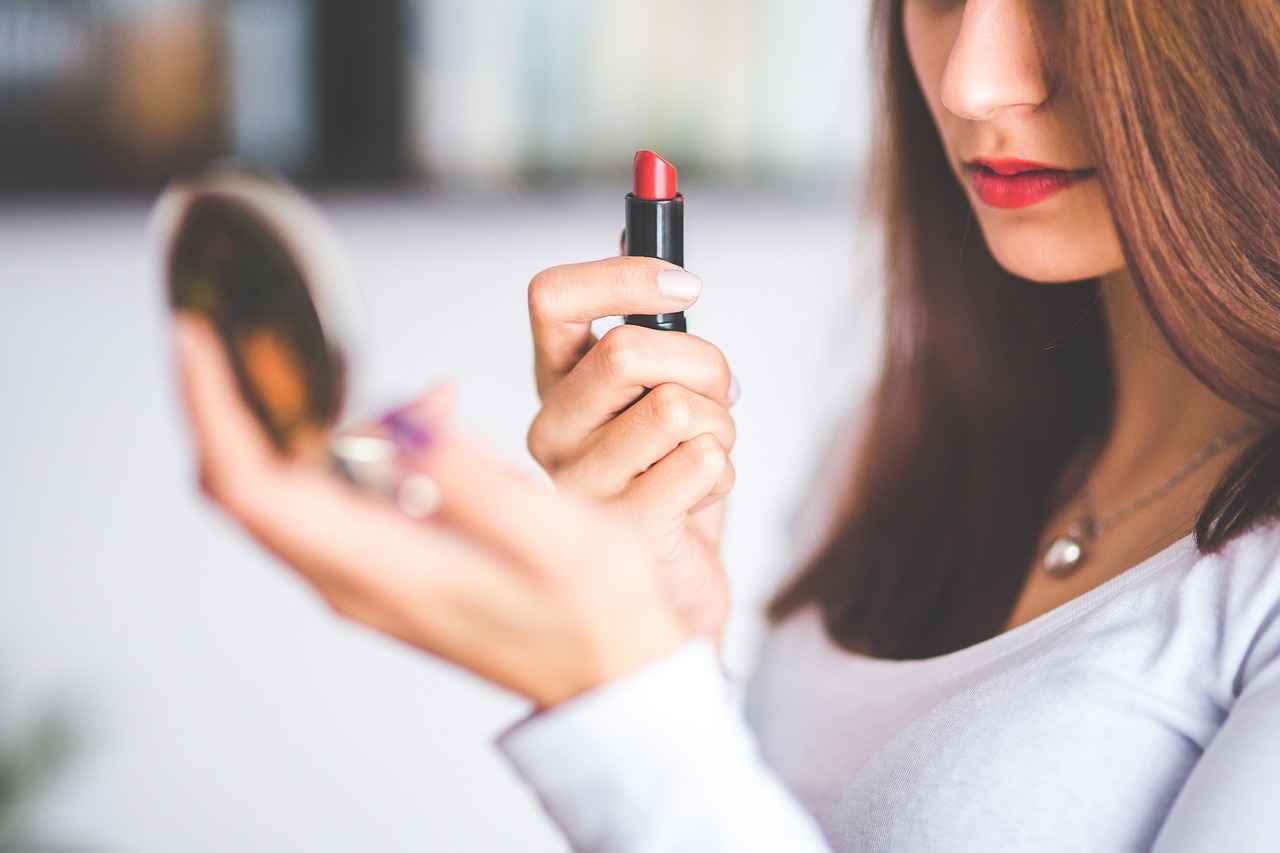
Understanding Hair Loss
Hair loss is a complex issue that affects millions of people worldwide. It can arise from a multitude of factors, each contributing to the overall condition of one’s hair. Among the most common causes are genetics, which play a significant role in hereditary hair loss patterns, often referred to as androgenetic alopecia. This condition can manifest in both men and women, and understanding its genetic basis is crucial for effective treatment.
Another significant contributor to hair loss is stress. Psychological stress can lead to a condition known as telogen effluvium, where hair follicles enter a resting phase and subsequently shed more than usual. Identifying stressors and managing them can help mitigate this type of hair loss.
Additionally, hormonal changes can have a profound impact on hair health. Conditions such as polycystic ovary syndrome (PCOS) in women or hormonal imbalances during menopause can lead to increased hair thinning. Understanding these hormonal influences is vital for choosing the right treatment options.
In some cases, medical conditions like thyroid disorders or autoimmune diseases such as alopecia areata can also trigger hair loss. Consulting with a healthcare provider to diagnose any underlying health issues can provide valuable insights into the cause of hair loss.
Recognizing these underlying causes is essential for determining the most effective non-surgical treatment options available. Treatments can range from topical solutions like minoxidil to advanced therapies such as platelet-rich plasma (PRP) therapy. By addressing the root causes of hair loss, individuals can make informed choices about their hair restoration journey.
In conclusion, understanding the multifaceted nature of hair loss is the first step toward effective treatment. By identifying the contributing factors, individuals can explore appropriate non-surgical alternatives tailored to their unique situations.
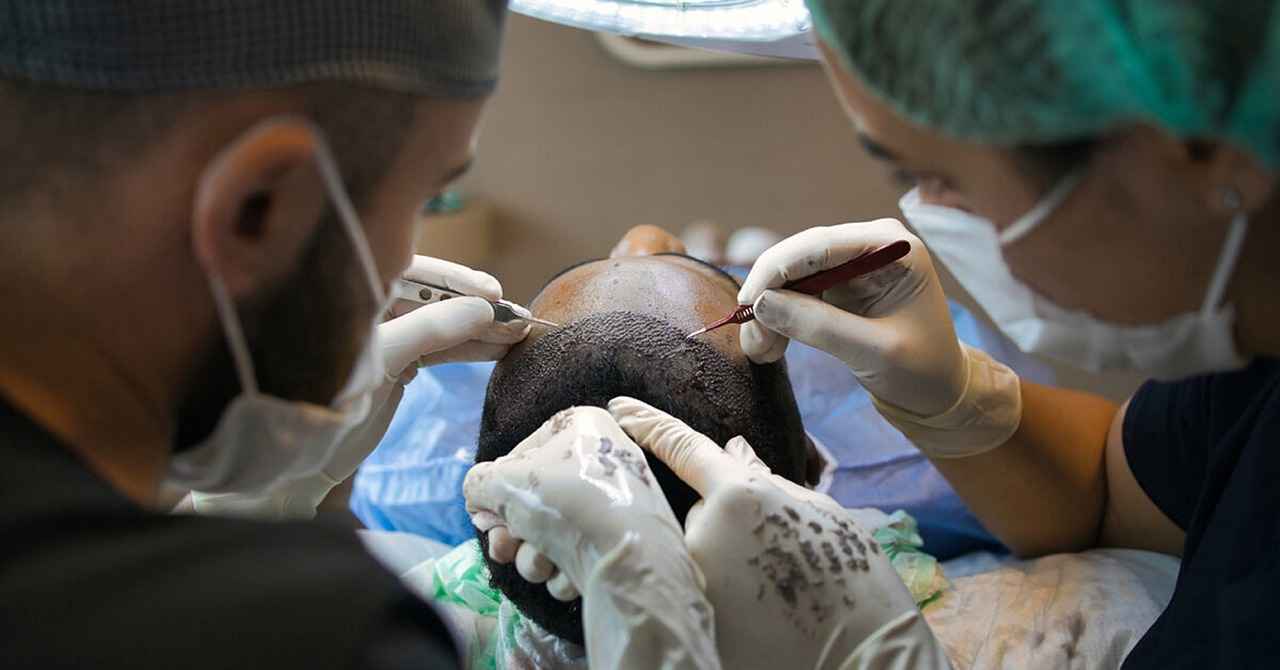
Top Non-Surgical Hair Restoration Treatments
For those experiencing hair loss, a variety of non-surgical treatments can provide effective solutions. These alternatives to surgical procedures are designed to stimulate hair growth and improve overall hair health. Below, we will delve into the most popular non-surgical options available, their effectiveness, and the benefits they offer to individuals dealing with hair loss.
- Minoxidil: This FDA-approved topical treatment is renowned for its ability to stimulate hair follicles. Minoxidil is suitable for both men and women, and consistent application can lead to noticeable improvements in hair density.
- Platelet-Rich Plasma (PRP) Therapy: PRP therapy involves drawing a small amount of blood from the patient, processing it to concentrate the platelets, and then injecting it into the scalp. This method is believed to promote hair growth by enhancing the health of hair follicles.
- Low-Level Laser Therapy (LLLT): Utilizing specific wavelengths of light, LLLT is a non-invasive treatment that stimulates hair follicles and improves blood circulation to the scalp. This therapy can be conducted in clinics or at home with FDA-approved devices.
- Hair Growth Shampoos and Conditioners: Specialized products containing ingredients like biotin, caffeine, and ketoconazole can support hair growth. These products work by nourishing the scalp and strengthening hair strands, making them a great addition to any hair restoration regimen.
Each of these treatments has unique advantages and can be tailored to meet individual needs. It is essential to consult with a hair restoration specialist to determine the most suitable option based on the specific type of hair loss and personal health considerations. By understanding the available non-surgical treatments, individuals can make informed decisions on their path to restoring their hair.
Minoxidil: A Popular Choice
Minoxidil has emerged as a popular treatment for hair loss, making it a go-to option for many individuals seeking to restore their hair. This FDA-approved topical solution is designed to stimulate hair follicles, thereby promoting hair growth in both men and women. Its widespread use can be attributed to its effectiveness and the ease of application.
Originally developed as a medication for high blood pressure, Minoxidil was found to have an unexpected side effect: increased hair growth. This discovery led to its formulation as a topical treatment specifically for hair loss. Users can apply it directly to the scalp, where it works by enhancing blood circulation to the hair follicles, encouraging them to enter the growth phase.
One of the key advantages of Minoxidil is its accessibility. It is available over the counter, making it easy for individuals to incorporate it into their daily routine. Typically, it is recommended to apply the solution twice a day for optimal results. Users often start to notice improvements within a few months, although patience is essential, as results can vary from person to person.
However, it is important to be aware of potential side effects. While most individuals tolerate Minoxidil well, some may experience scalp irritation, itching, or unwanted facial hair growth. Therefore, it is crucial to follow the application instructions carefully and consult with a healthcare provider if any adverse reactions occur.
In summary, Minoxidil stands out as a non-surgical option for those experiencing hair loss. Its proven effectiveness, combined with its ease of use, makes it a favored choice among many individuals seeking to regain their confidence through hair restoration.
How to Use Minoxidil Effectively
Minoxidil is a widely recognized treatment for hair loss, but to achieve the best possible results, it is crucial to understand and implement the application process correctly. Following the guidelines meticulously can significantly enhance the effectiveness of this treatment.
- Application Frequency: Apply Minoxidil twice daily for optimal results. Consistency is key, as irregular use can hinder progress.
- Clean Scalp: Ensure that your scalp is clean and dry before application. This helps in better absorption of the product.
- Correct Dosage: Use the recommended amount, typically 1 mL per application. Overuse does not accelerate results and may increase the risk of side effects.
- Massage Gently: After applying, massage the area gently to promote even distribution and absorption. Avoid rinsing for at least four hours after application.
- Patience is Essential: Hair growth is a gradual process. It may take several months to see visible results, so patience is vital.
It’s also important to note that while Minoxidil can be effective, some users may experience temporary shedding of hair when starting treatment. This is often a sign that the product is working, as it helps to make way for new hair growth.
Additionally, adhering to the treatment plan and maintaining realistic expectations can lead to a more satisfying experience. If you notice any adverse effects, such as severe irritation or allergic reactions, consult a healthcare professional promptly.
In summary, using Minoxidil effectively involves consistent application, following the recommended guidelines, and being patient as you await results. By doing so, you can maximize your chances of achieving the hair restoration results you desire.
Potential Side Effects of Minoxidil
Minoxidil, a widely recognized treatment for hair loss, is generally considered safe for most users. However, it is essential to acknowledge that some individuals may encounter side effects during their treatment journey. Understanding these potential risks can help users make informed decisions about their hair restoration process.
One of the most common side effects associated with Minoxidil is scalp irritation. This can manifest as redness, itching, or a burning sensation in the area where the product is applied. Such reactions are often mild and may subside with continued use, but if they persist, it is advisable to consult a healthcare professional.
Another concern for some users is the possibility of unwanted facial hair growth. This side effect occurs when Minoxidil inadvertently spreads to areas beyond the scalp, leading to hair growth in unintended places. To minimize this risk, it is crucial to apply the product carefully and wash hands thoroughly after use.
In rare cases, individuals may experience more severe reactions, such as swelling of the face, dizziness, or an accelerated heartbeat. These symptoms warrant immediate medical attention. It is vital for users to monitor their body’s response to the treatment and report any unusual effects to their healthcare provider.
Moreover, some users may report changes in hair texture or color as their hair begins to grow back. These variations can be temporary and often normalize over time as the hair continues to develop.
In conclusion, while Minoxidil is an effective treatment for hair loss, being aware of its potential side effects is crucial. By understanding these risks and following application guidelines, users can maximize the benefits of Minoxidil while minimizing any adverse effects. Always consult with a healthcare provider before starting any new treatment to ensure it aligns with your individual health needs.
Platelet-Rich Plasma (PRP) Therapy
Platelet-Rich Plasma (PRP) therapy has emerged as a revolutionary non-surgical treatment option for individuals experiencing hair loss. This innovative procedure harnesses the healing properties of your own blood to promote hair growth and enhance hair density.
How PRP Therapy Works
- The process begins with a healthcare professional drawing a small amount of blood from the patient.
- This blood is then placed in a centrifuge, which spins rapidly to separate the platelets from other blood components.
- The resulting PRP, which is rich in growth factors, is carefully extracted for use in the treatment.
- Finally, the PRP is injected into specific areas of the scalp, targeting hair follicles that require stimulation.
Benefits of PRP Therapy
- Natural Treatment: Since PRP uses the patient’s own blood, the risk of allergic reactions or side effects is minimal.
- Stimulates Hair Growth: The growth factors in PRP promote cell regeneration and blood flow to the scalp, encouraging hair follicles to enter the growth phase.
- Improves Hair Density: Regular treatments can lead to thicker and healthier hair over time.
What to Expect During the Procedure
- Patients typically experience minimal discomfort during the injections, as a local anesthetic may be applied.
- The entire procedure usually takes about 30 to 60 minutes, making it a convenient option for those with busy schedules.
- Results may not be immediate; however, many patients start to notice improvements within a few months.
ConclusionPRP therapy stands out as a safe and effective alternative for hair restoration. By utilizing the body’s own healing mechanisms, it offers a promising solution for those seeking to combat hair loss without the need for invasive surgical procedures. If you are considering PRP therapy, consult with a qualified specialist to determine if it is the right option for you.
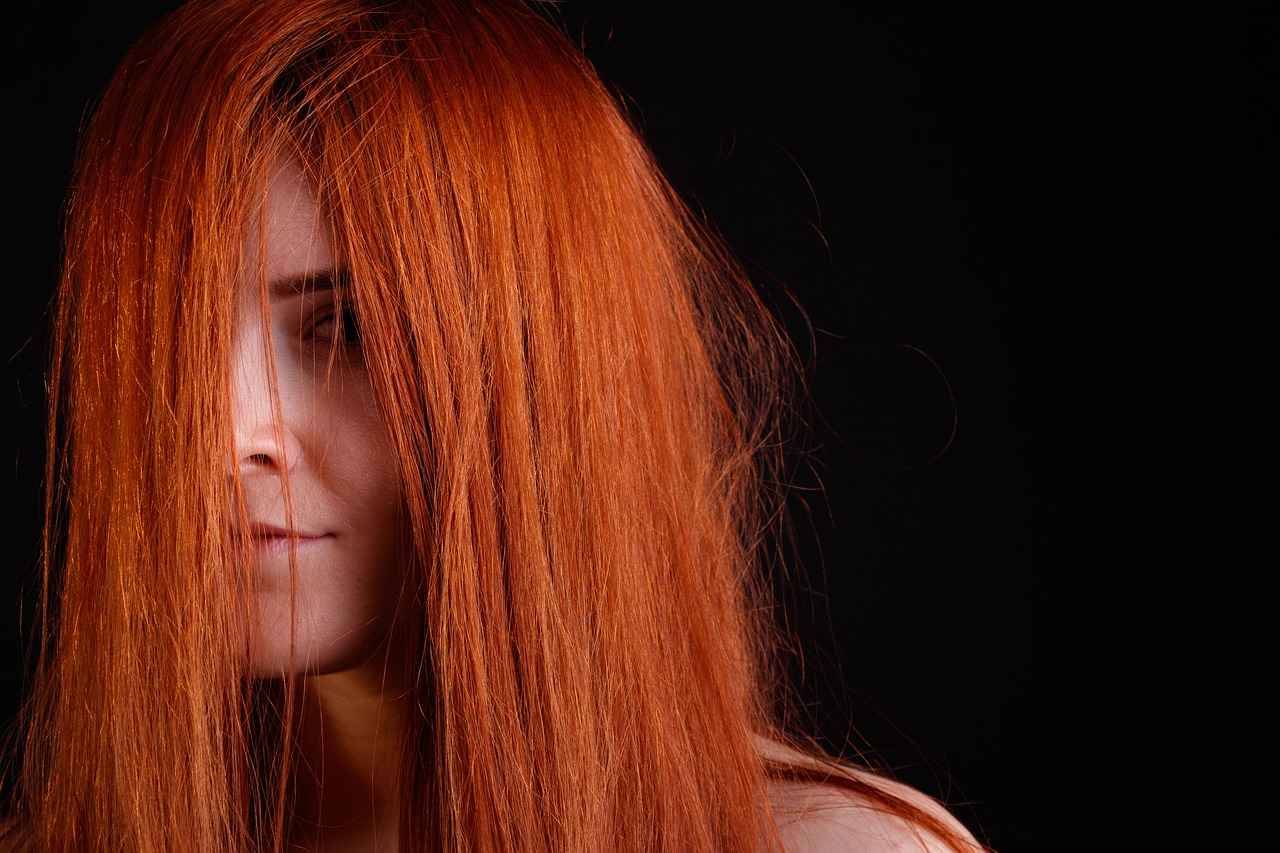
Low-Level Laser Therapy (LLLT)
has emerged as a promising non-invasive treatment for hair loss, attracting attention for its ability to stimulate hair follicles using laser light. This innovative therapy offers a range of benefits and is gaining popularity among individuals seeking effective hair restoration solutions.
LLLT works by delivering low-level laser light to the scalp, which enhances cellular metabolism and promotes increased blood flow to hair follicles. This process helps to rejuvenate dormant hair follicles, potentially leading to improved hair growth and density. Clinical studies have shown that LLLT can effectively reduce hair loss and encourage regrowth in both men and women.
What to Expect During Treatment
During a typical LLLT session, patients can expect a comfortable experience. The treatment usually lasts around 20 to 30 minutes and can be performed in a clinic or at home using FDA-approved devices. Patients often describe the sensation as soothing, with no pain or discomfort involved. Many individuals notice initial improvements in hair thickness and overall scalp health within a few months of consistent treatment.
Effectiveness of LLLT
Research indicates that LLLT is effective for various types of hair loss, including androgenetic alopecia and alopecia areata. A systematic review of studies has shown that LLLT can lead to significant improvement in hair count and thickness. However, results can vary based on individual factors such as the cause of hair loss and adherence to the treatment regimen.
Benefits of Low-Level Laser Therapy
The benefits of LLLT extend beyond mere hair regrowth. This therapy also helps to reduce inflammation and improve scalp health, creating an optimal environment for hair growth. Additionally, LLLT is a safe treatment option with minimal side effects, making it suitable for a wide range of patients.
In conclusion, LLLT represents a viable non-surgical alternative for those experiencing hair loss. With its non-invasive nature, effectiveness, and minimal side effects, it is worth considering for anyone looking to enhance their hair restoration journey.
Benefits of Low-Level Laser Therapy
Low-Level Laser Therapy (LLLT) has gained significant attention in the field of hair restoration due to its non-invasive nature and impressive range of benefits. This cutting-edge treatment utilizes specific wavelengths of light to stimulate hair follicles, making it an attractive option for individuals experiencing hair loss.
One of the primary advantages of LLLT is its ability to increase blood flow to the scalp. Enhanced circulation is crucial as it ensures that hair follicles receive the necessary nutrients and oxygen, promoting healthier hair growth. Improved blood flow can also help in the removal of waste products from the scalp, further supporting follicle health.
Moreover, LLLT has been shown to reduce inflammation in the scalp area. Inflammation can hinder hair growth and contribute to hair loss, making this benefit particularly significant for those suffering from conditions like alopecia or androgenetic alopecia. By mitigating inflammation, LLLT creates a more favorable environment for hair follicles to thrive.
Additionally, LLLT is known for its pain-free application. Unlike more invasive procedures, patients can experience the benefits of laser therapy without discomfort or downtime. This makes it an appealing option for those who prefer a gentle approach to hair restoration.
The treatment is also highly versatile, suitable for both men and women, and can be used in conjunction with other hair restoration methods, such as Minoxidil or PRP therapy. This combination can enhance overall treatment efficacy, providing a comprehensive strategy for tackling hair loss.
In conclusion, LLLT offers a multitude of benefits, including increased blood flow, reduced inflammation, and a non-invasive application process. These factors contribute to healthier hair growth and an improved overall scalp condition, making LLLT a valuable option for those seeking effective non-surgical hair restoration solutions.
LLLT Devices: What to Consider
When exploring Low-Level Laser Therapy (LLLT) devices for hair restoration, several critical factors should be considered to ensure you select the most effective option for your needs. The right device can make a significant difference in the success of your treatment.
- FDA Approval: One of the first things to check is whether the device has received FDA approval. This certification ensures that the device has been tested for safety and effectiveness, providing you with peace of mind that you are using a credible product.
- Ease of Use: Look for devices that are user-friendly. Some LLLT devices are designed for at-home use, making them convenient for daily treatment. Consider whether the device requires a complicated setup or if it can be easily integrated into your routine.
- Treatment Duration: Different LLLT devices may have varying treatment times. Some may require longer sessions, while others offer quicker treatments. It’s essential to choose a device that fits your schedule and lifestyle, ensuring consistent usage for optimal results.
- Device Type: LLLT devices come in various forms, including helmets, caps, and handheld units. Consider which type will be most comfortable and effective for you. Each type may have different coverage areas and treatment capabilities.
- Customer Reviews: Researching customer feedback can provide valuable insights into the effectiveness of the device. Look for testimonials about the results and experiences of other users to gauge the potential success of your treatment.
In conclusion, selecting the right LLLT device involves careful consideration of FDA approval, ease of use, treatment duration, device type, and customer reviews. By evaluating these factors, you can enhance your chances of achieving successful hair restoration through LLLT.

Hair Growth Shampoos and Conditioners
are essential components in the journey toward healthier hair. These specialized products are designed to complement other hair restoration treatments, enhancing their effectiveness and promoting overall hair health. This section will explore key ingredients to look for in these products and their significant roles in stimulating hair growth.
When selecting a hair growth shampoo or conditioner, it’s crucial to consider specific ingredients known for their beneficial properties. Here are some of the most effective components:
- Biotin: Often referred to as vitamin H, biotin plays a vital role in strengthening hair and improving its elasticity. It helps to reduce breakage and supports overall hair health.
- Caffeine: Research indicates that caffeine can stimulate hair follicles and encourage growth by increasing blood circulation in the scalp. This ingredient is particularly beneficial for individuals experiencing thinning hair.
- Ketoconazole: Primarily known for its antifungal properties, ketoconazole also has anti-androgenic effects, making it effective in combating hair loss caused by androgenic alopecia.
- Pantothenic Acid: Also known as vitamin B5, pantothenic acid helps to moisturize hair and improve its texture, promoting a healthier appearance.
Incorporating these specialized products into your hair care routine is straightforward. To maximize their effectiveness, use them consistently and in conjunction with other treatments, such as minoxidil or PRP therapy. Regular use can lead to visible improvements in hair thickness and overall scalp health.
In conclusion, serve as a valuable addition to any hair restoration regimen. By choosing products with the right ingredients and using them consistently, individuals can enhance their hair’s health and boost the effectiveness of other treatments. Always consult with a hair restoration specialist for personalized recommendations tailored to your specific needs.
Key Ingredients for Hair Growth
When it comes to promoting healthy hair growth, the right shampoo can make all the difference. Many individuals are turning to specialized hair growth products that contain potent ingredients known for their beneficial effects on hair health. In this section, we will delve into some of the most effective components to look for in hair care products.
- Biotin: This essential vitamin, also known as vitamin B7, plays a crucial role in strengthening hair and preventing breakage. Biotin deficiency can lead to thinning hair, making it vital to include this ingredient in your hair care routine.
- Caffeine: Studies have shown that caffeine can stimulate hair follicles and promote hair growth. By improving blood circulation in the scalp, caffeine helps deliver essential nutrients to hair roots, enhancing overall hair density.
- Ketoconazole: Originally developed as an antifungal treatment, ketoconazole has been found to have anti-androgenic properties, which can be beneficial in combating hair loss. It helps to reduce scalp inflammation and may prevent further hair thinning.
- Niacin: Also known as vitamin B3, niacin improves blood circulation in the scalp, which can encourage hair growth. It works by enhancing the health of hair follicles and promoting a nourished scalp environment.
- Essential Oils: Oils such as rosemary, peppermint, and lavender not only provide a pleasant fragrance but also stimulate hair follicles and promote hair growth. They can enhance blood circulation and have been traditionally used in various cultures for hair care.
Incorporating shampoos that feature these key ingredients can significantly enhance your hair restoration regimen. However, it is essential to remember that consistent use and a holistic approach, including proper nutrition and overall hair care, are crucial for achieving the best results.
By understanding the benefits of these ingredients, you can make informed decisions when selecting hair care products that align with your hair growth goals. Always consider consulting a hair care professional to tailor your regimen to your specific needs.
How to Incorporate Hair Growth Products
Incorporating hair growth products into your daily regimen can significantly enhance your hair restoration journey. By understanding how to effectively use these products, you can maximize their benefits and promote healthier hair.
To start, select high-quality hair growth shampoos and conditioners that contain proven ingredients known for their efficacy. Look for products enriched with biotin, which is essential for hair strength, and caffeine, which can stimulate hair follicles. Additionally, ketoconazole is another key ingredient that helps combat dandruff and promotes a healthy scalp environment, essential for hair growth.
Once you have chosen the right products, it’s important to establish a consistent routine. Here are some practical steps to incorporate hair growth shampoos and conditioners:
- Use Regularly: Apply the shampoo at least 3-4 times a week to ensure that your scalp receives the necessary nutrients consistently.
- Follow Instructions: Always follow the manufacturer’s instructions for application. This will help you achieve the best results without damaging your hair.
- Massage Your Scalp: While shampooing, take a moment to gently massage your scalp. This increases blood circulation, which can enhance the absorption of the active ingredients.
- Combine with Other Treatments: For optimal results, consider using hair growth serums or topical treatments alongside your shampoo and conditioner.
Consistency is key. Many users report noticeable improvements in hair thickness and growth after several months of dedicated use. Remember, patience is essential, as results may take time to manifest.
In conclusion, incorporating hair growth shampoos and conditioners into your hair care routine is a simple yet effective strategy. By choosing the right products and using them consistently, you can significantly improve your hair health and combat hair loss effectively.

Consulting a Hair Restoration Specialist
When navigating the complex world of hair loss, is a crucial step. These professionals offer personalized insights tailored to your unique hair loss situation, ensuring that you receive the most suitable non-surgical options available. Their expertise can significantly impact your hair restoration journey, guiding you toward effective treatments that align with your specific needs.
Understanding the various factors contributing to your hair loss is essential. A specialist will conduct a thorough assessment, considering elements such as genetics, stress levels, and hormonal changes. This comprehensive evaluation helps in pinpointing the underlying causes of your hair loss, allowing for a more targeted approach to treatment.
Moreover, a hair restoration expert can provide you with a range of non-surgical alternatives, including:
- Minoxidil – A topical treatment known for stimulating hair follicles.
- Platelet-Rich Plasma (PRP) Therapy – A procedure that utilizes your own blood to promote hair growth.
- Low-Level Laser Therapy (LLLT) – A non-invasive method using laser light to enhance hair density.
- Hair Growth Shampoos and Conditioners – Products designed to nourish and strengthen hair.
By consulting with a specialist, you can also gain insights into the latest advancements in hair restoration technology and techniques. This knowledge can empower you to make informed decisions, maximizing the potential for successful outcomes.
In conclusion, seeking guidance from a hair restoration specialist is invaluable. Their expertise ensures that you are not only aware of the best non-surgical options available but also equipped with a tailored plan that addresses your individual circumstances. As you embark on your hair restoration journey, remember that expert guidance can make all the difference.
Frequently Asked Questions
- What are non-surgical hair restoration methods?
Non-surgical hair restoration methods refer to various treatments aimed at stimulating hair growth and improving hair density without the need for surgery. These methods include topical treatments like Minoxidil, Platelet-Rich Plasma (PRP) therapy, Low-Level Laser Therapy (LLLT), and specialized hair growth shampoos and conditioners.
- How effective is Minoxidil for hair growth?
Minoxidil is widely recognized for its effectiveness in promoting hair growth. It works by stimulating hair follicles, but results can vary from person to person. Typically, consistent use over several months is necessary to see noticeable improvements.
- Are there any side effects associated with PRP therapy?
While PRP therapy is generally considered safe, some individuals may experience minor side effects such as swelling, bruising, or discomfort at the injection site. It’s essential to consult with a specialist to understand the potential risks and benefits.
- What should I look for in hair growth shampoos?
When choosing hair growth shampoos, look for key ingredients like biotin, caffeine, and ketoconazole. These components can help strengthen hair and promote growth, enhancing your overall hair restoration efforts.
- How often should I use Low-Level Laser Therapy devices?
The frequency of using LLLT devices varies, but most recommendations suggest using them several times a week for optimal results. Always follow the manufacturer’s guidelines for the best outcomes.
- Is it necessary to consult a specialist before starting treatment?
Yes, consulting a hair restoration specialist is crucial. They can provide personalized advice based on your specific hair loss situation, helping you choose the most effective non-surgical options tailored to your needs.
